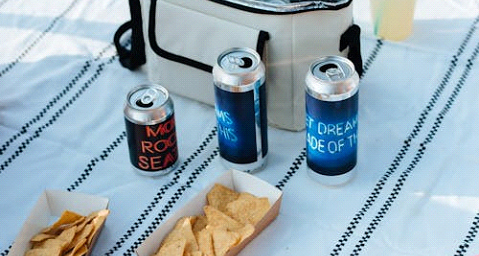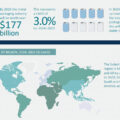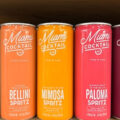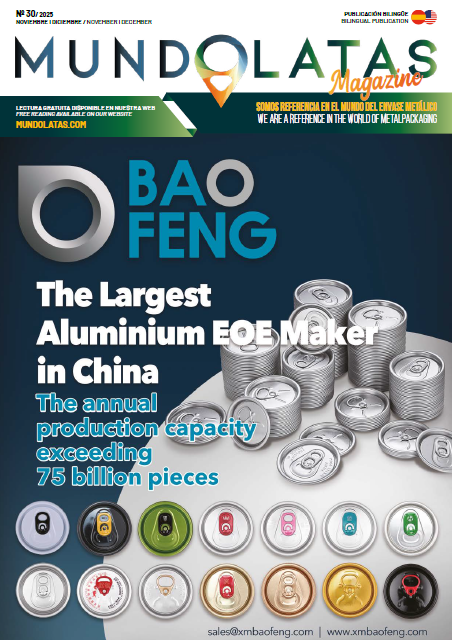The beverage packaging market will exceed $277 billion by 2032, according to Introspective Market Research’s new report on the “Beverage Packaging Market”.
The report reveals that the global beverage packaging market, valued at USD 188.4 billion in 2023, is on a significant growth trajectory and would reach USD 277.6 billion by 2032.
The upward momentum corresponds to a robust compound annual growth rate (CAGR) of 4.4% during the forecast period from 2024 to 2032.
The global beverage packaging market has experienced substantial growth in recent years, driven by evolving consumer preferences and increased demand for convenience and portability. Beverage containers, which include bottles, cans, cartons and pouches, are essential for storing and transporting a wide range of liquids, such as water, soft drinks, alcoholic beverages, juices and dairy products.
North America and Europe dominate the market due to high consumption levels and sophisticated recycling systems. However, the Asia-Pacific region is projected to experience the most significant growth, driven by rapid urbanization, rising disposable incomes, and an expanding middle class. This dynamic shift in consumer demographics is leading to increased demand for diverse beverage options and innovative packaging solutions.
The market is highly competitive and saturated, with key players such as Tetra Pak, Ball Corporation and Amcor at the forefront. These companies are leveraging technological advances and sustainability initiatives to differentiate their offerings.
There is a marked trend toward environmentally friendly and recyclable packaging, driven by growing consumer awareness and preferences for sustainable products. Government regulations promoting plastic use reduction and strengthening recycling efforts are influencing market dynamics, pushing manufacturers to explore new sustainable packaging materials and practices. Innovations in packaging technologies, such as smart packaging and improved sealing methods, are also improving product shelf life and consumer convenience, the report claims.













